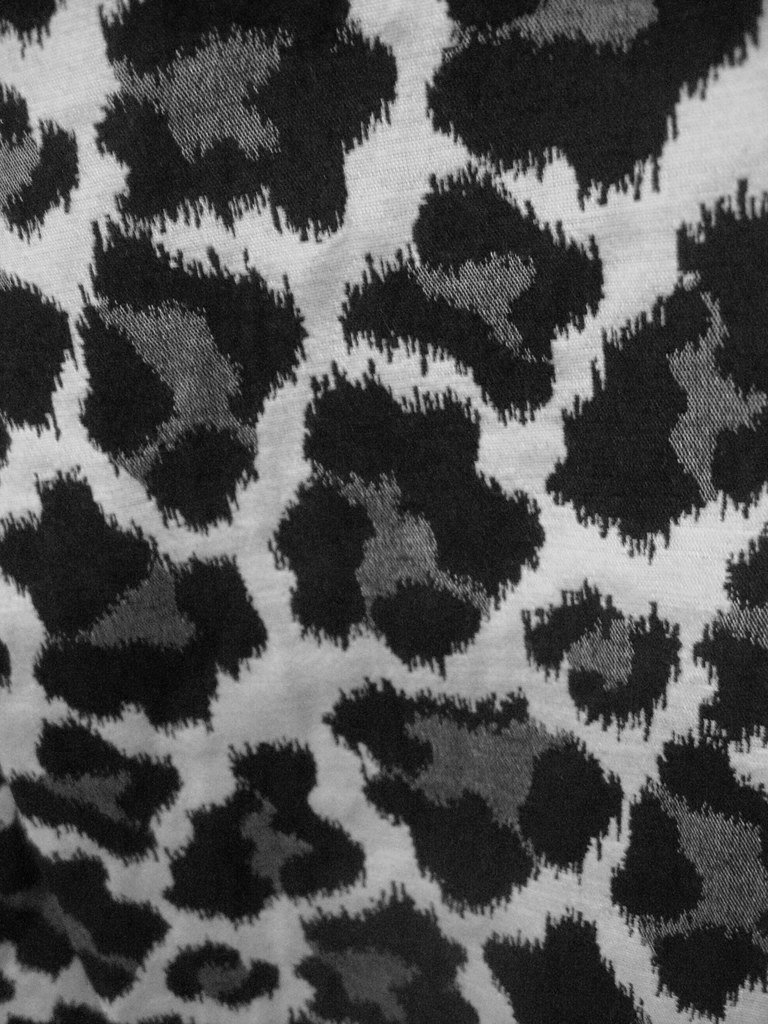
The fashion industry is a constantly developing area. There are many different types of styles a person can have, such as “Y2K”, “Preppy”, “Boho”, “Beachy”, and even different decades. But in recent years, social media has created branches off these styles into what are now called Micro-Trends. Micro-trends are short-lived fashion trends that gain popularity extremely fast through social media and fade just as quickly. While they are typically fun and stylish, microtrends also contribute to significant issues such as overconsumption and environmental degradation.
Microtrends are often circulated online on social media platforms like TikTok and Instagram. These trends typically consist of specific clothing items, patterns, prints, color combinations, or styles. One week everyone might be wearing cheetah print on anything and everything, and the next week retro Y2K outfits are all the rage. These trends are in and out so fast that it can be difficult to keep up, thanks to social media algorithms that glamorize and encourage people to keep up with the latest styles.
If you have TikTok, you’ve most likely come across a video on your “For You” page promoting a specific style or “core”. A few big ones in the past year were “Coastal Grandmother” which was a soft, clean, beachy, northeastern look that followed a strict white and blue dress code. Another example is “Saltburn Core”, which refers to the movie itself. This one consisted of bright colors and electric house music. These characteristics are perfect examples of how microtrends lure people in. People love the thrill of trying new styles and showing off their clothes online and with their friends. Due to this, most trending items are very accessible. Fast fashion brands produce immense amounts of clothing items to whatever “core” is trending. These shops allow individuals to quickly buy trendy items without spending too much money. However, this accessibility has led to many downsides.
One of the biggest issues with microtrends is that they encourage overconsumption. As trends change rapidly, people constantly feel pressured to purchase new clothes to keep up with the trends. And as each trend fades, so does the urge to wear specific clothing items, resulting in them being tossed out. According to Earth.Org, “The average US consumer throws away 81.5 lbs of clothes every year. In America alone, an estimated 11.3 million tons of textile waste – equivalent to 85% of all textiles – end up in landfills on a yearly basis.” (Martina Igini). All these “un-trendy” clothes are being thrown away because of microtrends.
The fast fashion industry thrives on these microtrends, which significantly harms the environment in a few ways. Manufacturing companies often use toxic chemicals, unsustainable, and un-recycled materials in their products. Additionally, they ship these clothes around the world increasing carbon emissions, and worsening climate change. According to an article by Martina Igini, “The fashion industry contributes to 10% of global carbon emissions annually, more than the emissions from international flights and maritime shipping combined” As microtrends push consumers to buy more clothes faster, the environmental toll becomes more serious.
While these trends and aesthetics are unlikely to disappear, there are ways to help limit the negative effects. By being more mindful about clothing choices, people can enjoy fashion while also protecting our planet and staying true to ourselves. Fashion should not be constantly seeking what’s currently “in or out” but instead appreciating what we like to wear and how it affects the world around us. Consumers should look out for items made from recycled materials, and avoid falling to the trap of your feed. and choosing quality over quantity. Fashion influencers should also encourage a more thoughtful approach to shopping, promoting embracing one’s unique style instead of chasing after trends.
